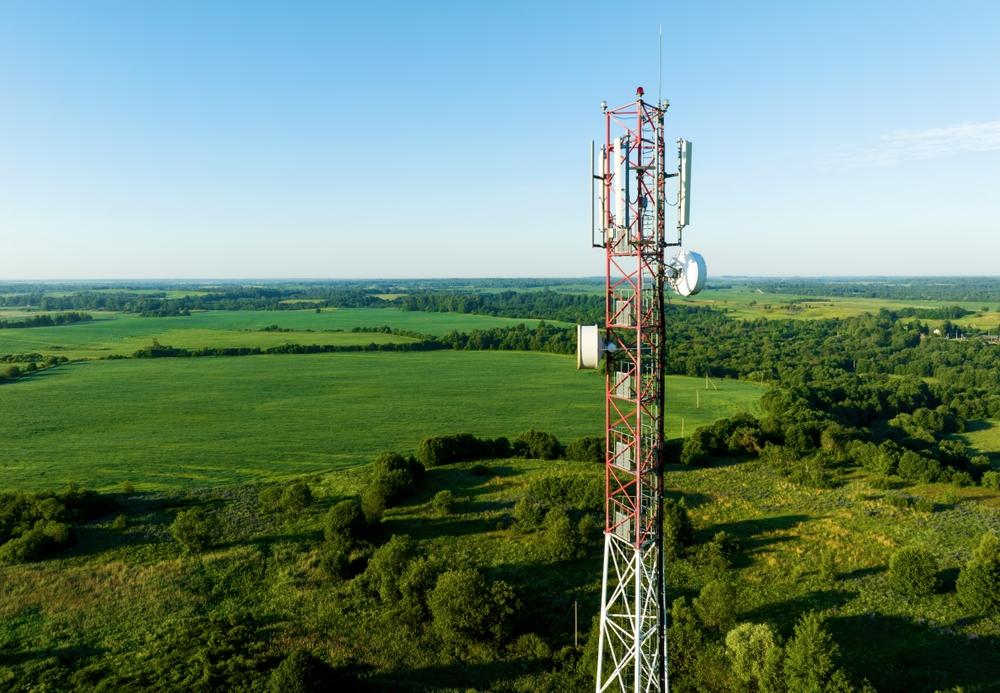National Grid files new bid to build pipeline to bring more natural gas to Long Island
National Grid on Wednesday filed a supplement to its recently submitted long-term gas system plan that would bring a new gas supply line into the downstate region, citing looming energy shortages and delayed green-power projects.
The addendum, filed with the state Public Service Commission, highlights the need for a project National Grid had called the Northeast Supply Enhancement project, or NESE, which promises to increase pipeline gas into the downstate region by 13%. The project was ultimately rejected by New York State, after environmental and community groups charged the pipeline would have led to a longer-term reliance on carbon-emitting gas just as the green-energy revolution was gaining steam.
But much has changed since then.
"Offshore wind deployment has been significantly delayed, increasing the reliance of existing gas-fired power generation," National Grid’s addendum observes, noting local electricity-generating plants could benefit from a more ample supply of lower-cost gas.
But even if electric customers should see savings, National Grid’s filing acknowledges more costs for its downstate customers, including 600,000 on Long Island. Those customers would foot the $1.064 billion cost to build NESE, leading to an average 3.5% increase in customer bills — estimated at $7.50 a month, National Grid said.
But the pipeline would generate some $4 billion in societal benefits between 2028 and 2043, National Grid said, sharply cutting the need for trucked-in gas and reducing the likelihood of gas system disruptions. More abundant gas supplies could help lower New Yorkers' electricity bills by some $6 billion, National Grid said, with upward of $2.75 billion in electric system savings for Long Island and New York City customers.
The pipeline would bring fracked natural gas from Pennsylvania through New Jersey, under Raritan Bay to connection in New York City.
"I think the world has changed," Ross Turrini, chief operating officer of National Grid’s New York gas business, said in an interview Tuesday. "The economy in the U.S. changed. We’ve seen a lot of change in federal energy policy, there’s a big challenge around climate change and decarbonization that we have to lean into, that we have to address, and all that makes it incredibly challenging."
Opponents of the pipeline at activist group Sane Energy Project accused National Grid of "shamelessly attempting to revive a fracked gas pipeline that New York has already rejected three times." The group's director, Kim Fraczek, challenged the company's claim that "more costly gas pipelines are necessary for affordability and reliability" and called on National Grid to conduct a "comprehensive and honest reconsideration of all planning for a 21st-century energy grid."
The Trump administration and the Republican-controlled Congress have been working for months to undo years of climate policy on the federal level, freezing wind power permits and leases and unwinding federal subsidies for solar and wind power, while providing new incentives for natural gas, oil, nuclear, even coal-based energy.
After the Trump administration froze the fully permitted Empire Wind project in April, Newsday reported in May that Interior Secretary Doug Burgum said he’d come to an understanding with Gov. Kathy Hochul to review two contested natural gas pipelines into New York that had been iced out under former Gov. Andrew M. Cuomo. Developer Williams Companies has since resubmitted both the Constitution Pipeline and NESE projects for approval by the state Department of Environmental Conservation.
National Grid’s filing underscores the need for NESE, pointing to "numerous" reports that "gas-supply infrastructure constraints pose an urgent threat to the reliability of the energy system in downstate" New York.
"Inadequate upstream gas supply infrastructure has therefore left New York City and Long Island at an increased risk of a catastrophic gas system outage," National Grid wrote.
Worse, the company’s near-term solution of relying on a network of compressed natural gas trucks hauling critically needed supply on the coldest days to injection points around the system has reached capacity, the company said. Up to 240 compressed gas trucks per day can be required to help maintain system reliability on those cold days, a problem highlighted during Winter Storm Elliott in 2022. The storm led National Grid to curtail service to certain customers to keep the system working, and only a warming up on Christmas Day prevented a major disruption to New York City.
NESE is the "only material proposal deliverable in theshort term that National Grid is aware of to address downstate New York’s looming energy system resilience crisis," National Grid said.
Most Long Island power plants, including the big three owned by National Grid, operate chiefly on natural gas.

Mark Harrington, a Newsday reporter since 1999, covers energy, wineries, Indian affairs and fisheries.











